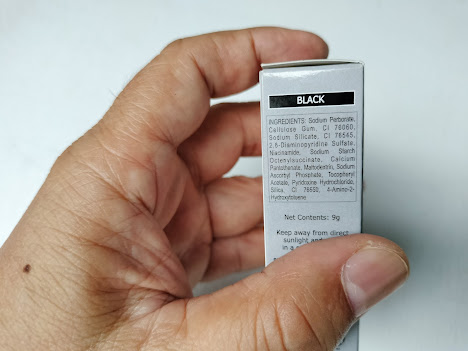EcoWaste Coalition Welcomes Ban on “Reprotoxic” Chemicals in Hair Dyes
The toxics watchdog group EcoWaste Coalition has welcomed the decision of the ASEAN Cosmetic Committee (ACC) to ban boron-based compounds, which are "reprotoxic" or toxic to reproductive health, in cosmetics such as hair dye products.
"Effective 21 November 2024 only compliant products shall be made available in the market and non-compliant products shall be withdrawn from the market," the FDA said.
To recall, the EcoWaste Coalition wrote to the FDA in 2016 urging the agency to propose to the ACC the inclusion of sodium perborate in Annex II, Part 1 of the ASEAN Cosmetics Directive, or the “list of substances which must not form part of the composition of cosmetic products.”
According to the authorities, the recalled hair dyes containing “sodium perborate releases boron” and that the “ingestion or contact with an excessive quantity of boron may harm the health by damaging the reproductive systems or the unborn child.”
Additionally, “sodium perborate is toxic if inhaled, causes serious eye damage, is harmful if swallowed and may cause respiratory irritation.”
Following the posting of the said ACC’s decision, the EcoWaste Coalition visited cosmetic and drug stores in Manila and Quezon Cities on April 12 and 13 to check on hair dyes listing any of the prohibited boron chemicals.
“Unlike in 2016, we saw fewer hair dye products listing sodium perborate as an active ingredient,” the group noted. “We believe most cosmetic makers have already replaced boron-based chemicals in view of the European-wide ban, which has been in effect for many years.”
The EcoWaste Coalition expressed its hope that hair dye manufacturers who have yet to remove sodium perborate and related compounds in their products will make the shift as soon as possible.
“Also, concerned companies need not wait for November 2024 to voluntarily recall hair dyes containing the prohibited substances from retail stores in recognition of the right of consumers to non-hazardous products,” the group concluded.
Reference:






Comments